Wuri Police Station 烏日警察官吏派出所 is a historic Japanese colonial era building dating back to the early 1930s. Located in Wuri, Taichung, it was built in a simple, subdued style with more of a nod toward Rationalism than the localized Art Deco or Baroque Revival styles commonly seen in commercial and institutional architecture of Shōwa period Taiwan. After the station was decommissioned in the late 1960s it was used for residential purposes until it was ultimately abandoned for unknown reasons. Historic status was announced in 2004 and officially confirmed in 2013 but restoration efforts were stuck in the planning stages until 2020.
Turning now to the design of the station: the main hall is constructed with reinforced concrete and red brick with a rough pebble-washed finish1 on the facade. The adjoining wings feature a wooden exterior of obvious Japanese colonial vintage. A glance at some loose panelling suggests the walls were made with the wattle and daub method practiced in Taiwan for centuries. There are also several additional structures around the side and back of the building that weren’t part of the original station, a result of decades of residential use.
I hadn’t done my research prior to setting foot inside the old police station so I was quite surprised at the state of the interior. Immediately upon entering it is obvious that no policing has been done here for quite some time. It was standard practice for the Japanese authorities to build dormitories for police officers in the immediate vicinity of a station (see, for example, these dormitories in Zhongli) so I naturally assumed that any residential features were necessarily of later origin—but that might not be true. This comprehensive report suggests that the sides of the station were converted into residences due to a lack of dormitory space—though it isn’t clear to me whether this allegedly happened during Japanese times or the KMT authoritarian era. What is clear is that the standard-issue dormitories formerly surrounding the station are long gone, probably replaced by the parking lot next door.
Whatever the case, by 1968 a new station had opened and this one was decommissioned. Presumably the existing residents expanded their living space into the main station hall at that point. Crude wooden partitions separate the central chamber into two bedrooms with a narrow hallway running from the front entranceway to the back door. If the matching calendars inside the old station can be believed it was likely abandoned in 1993. As of 2009 the station was still surrounded by a variety of illegal buildings, most of them rudimentary metal shacks, but these were cleared out by 2012.
One last structure worth mentioning is the small wooden building next to the parking lot and in front of the left wing of the station. This is almost certainly of Japanese colonial vintage but its purpose is somewhat obscure to me. Might this have been one of the original dormitories? Or perhaps it was a guardhouse or storage shed based on its position next to the road (and what would have almost certainly been a front gate). It has obviously seen a lot of use for purposes other than it was designed.
It is somewhat sad to see this former police station reduced to ruins like this but on the other hand I am glad to have seen it before restoration efforts begin—or the building is destroyed in an “accidental” blaze, the fate of too many heritage buildings occupying prime real estate coveted by developers. I suspect the problem is that one branch or level of government is charged with designating historic properties—and another one is responsible for funding their restoration. From what I’ve read it sounds like the local government isn’t hugely enthusiastic about taking care of the Wuri Police Station despite its obvious cultural and historic value. It may seem like I celebrate abandonment and ruin but I would much rather see historic buildings like this one preserved for the benefit of society-at-large. In the meantime, I’m here to document what remains.
Apart from the aforementioned report I wasn’t able to find much more about the Wuri Police Station. This is the best Chinese language introduction I chanced upon and you might also want to check out this television news segment, this tour of historic Wuri, this urbex blog post, or this review of colonial police stations still standing in Taichung.
Update: the restoration project has formally begun, with a target end date of summer 2020. Looks like they’re completely replacing the wooden wings of the station with new material while preserving the reinforced concrete core.
- This pebble-washed style is a common feature of Japanese colonial buildings. In Chinese it is known as xǐshízǐ 洗石子. ↩
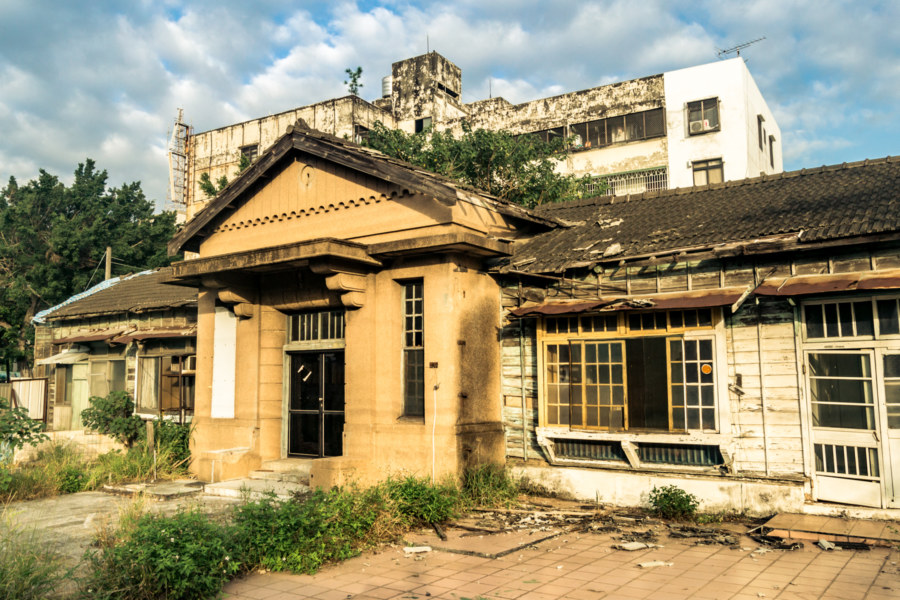
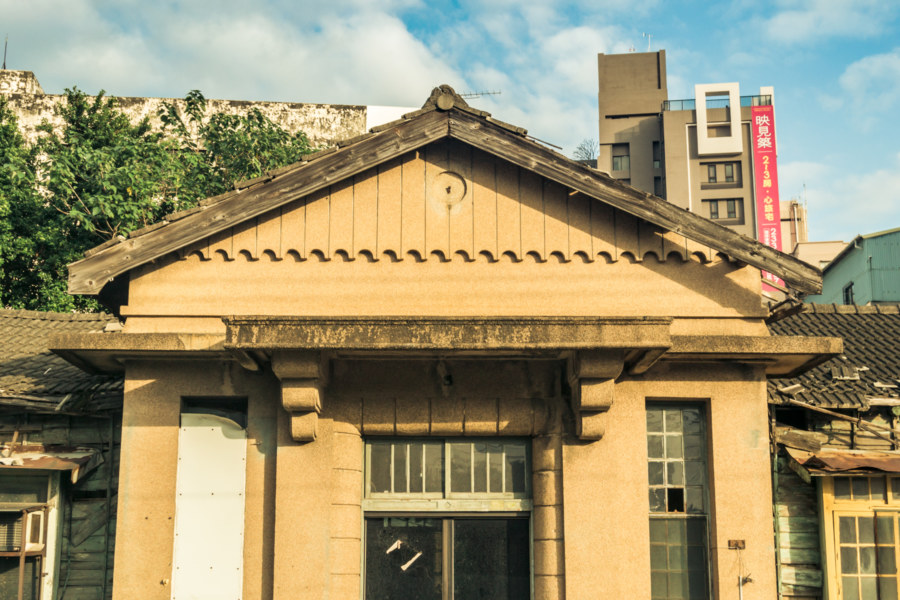
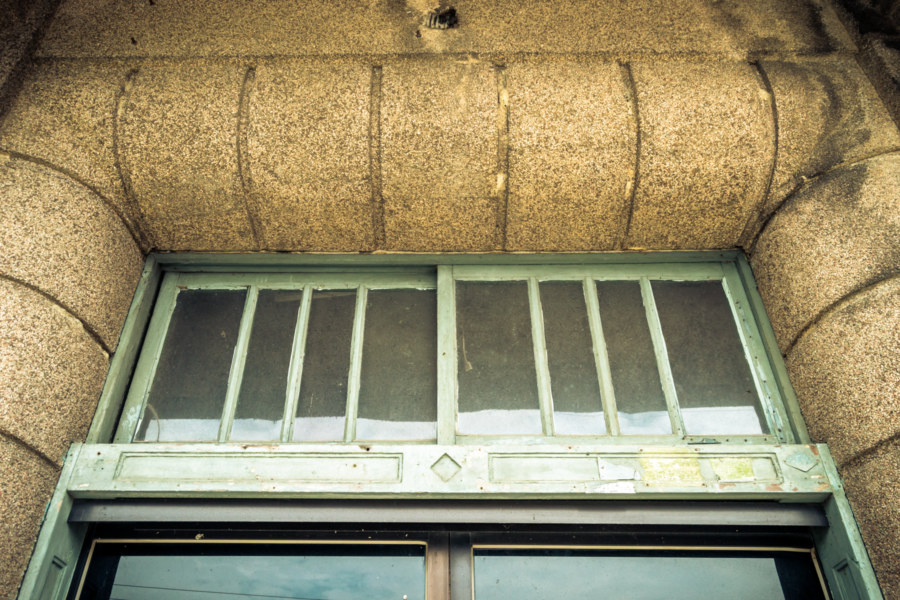
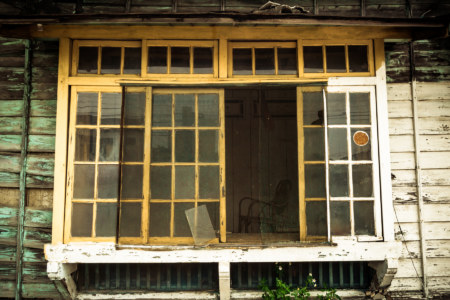
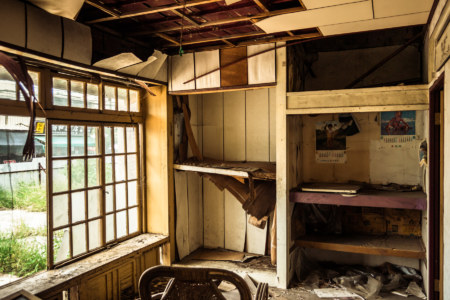
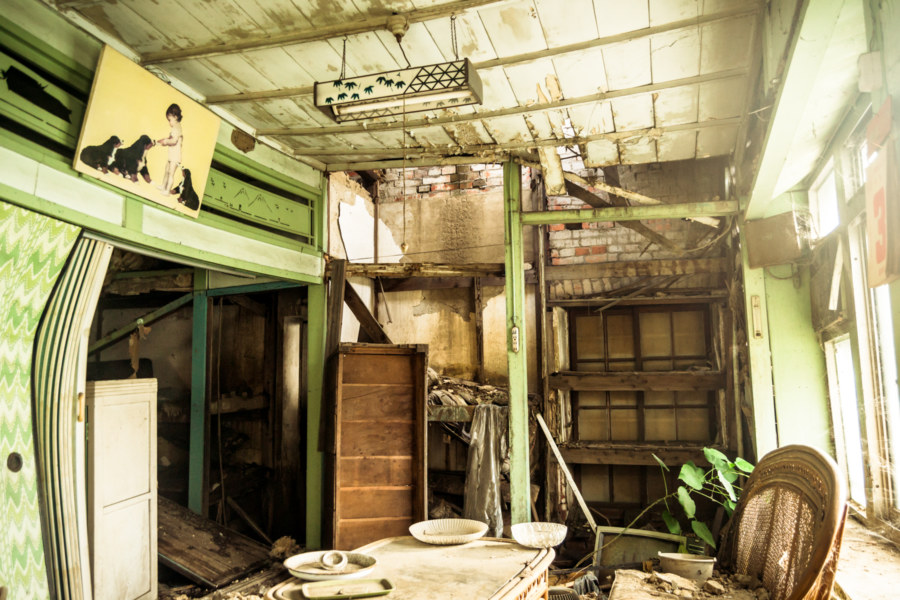
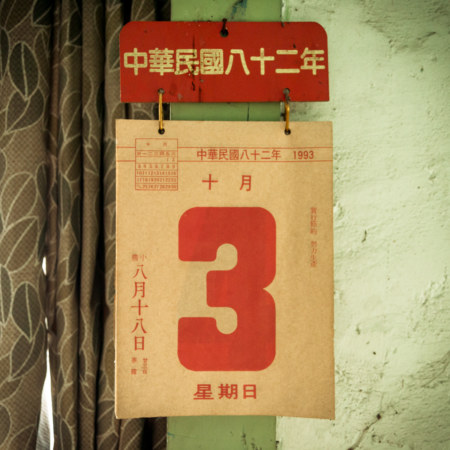
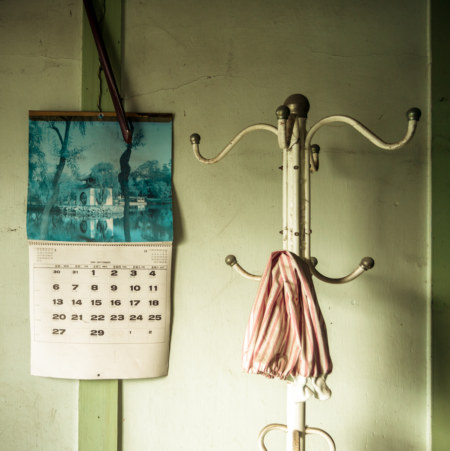
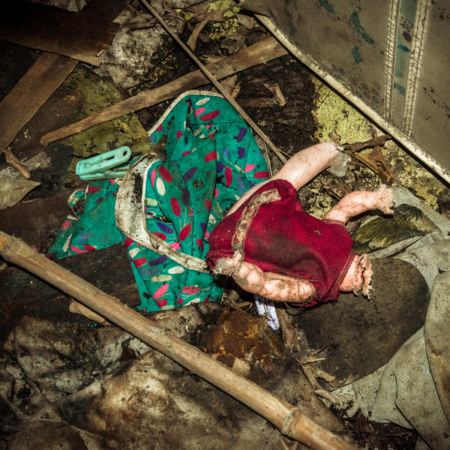
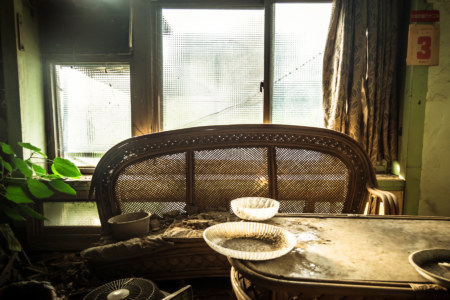
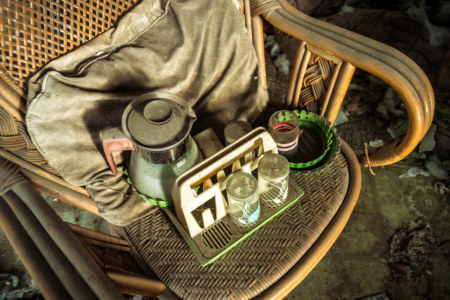
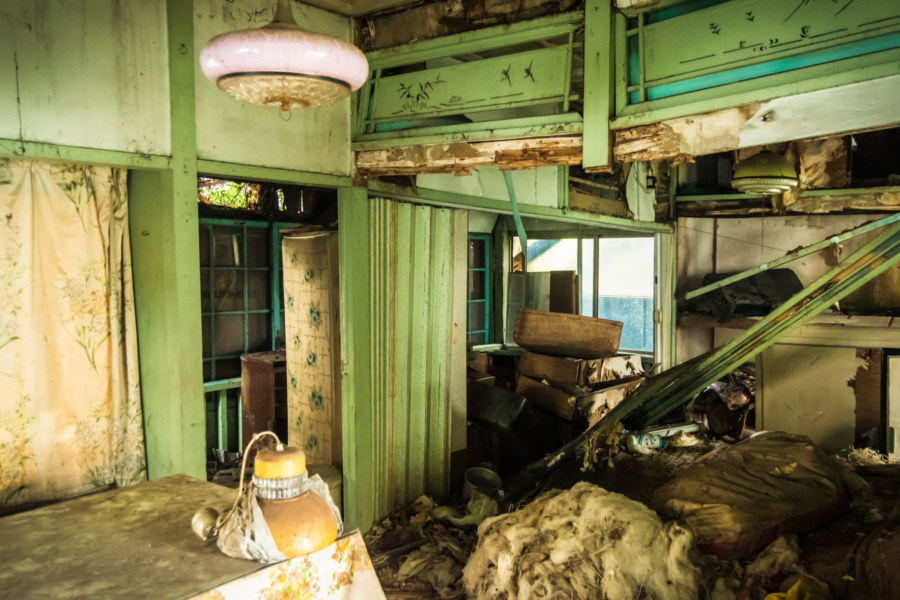
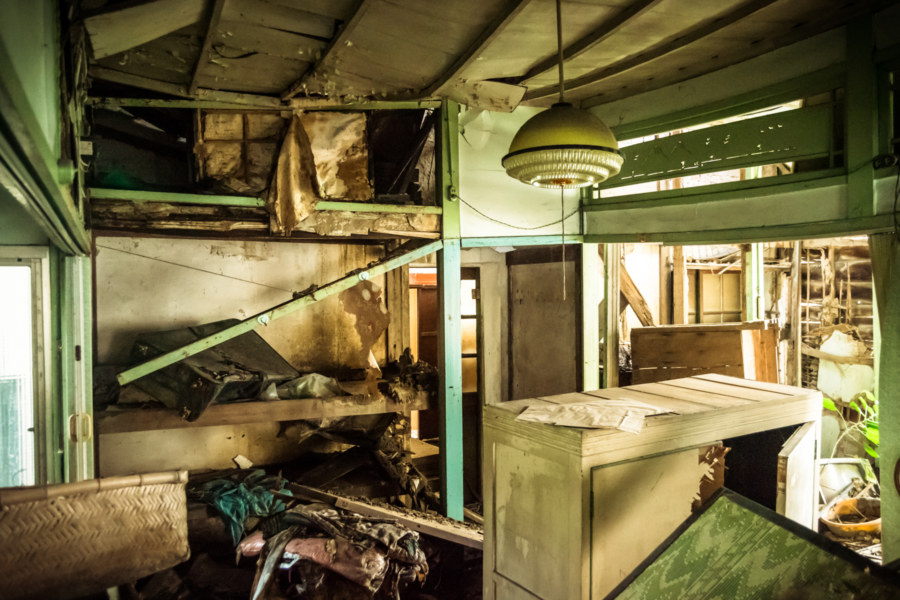
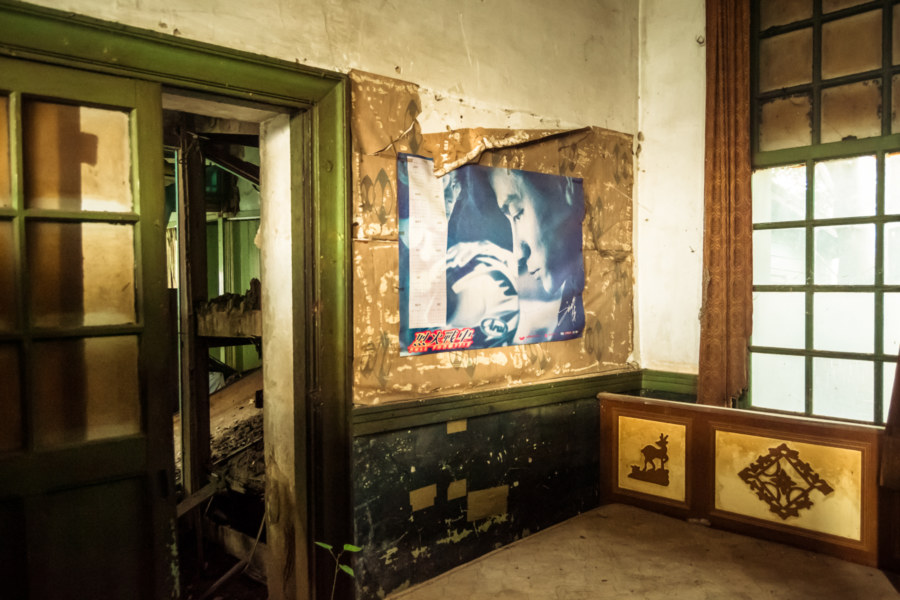
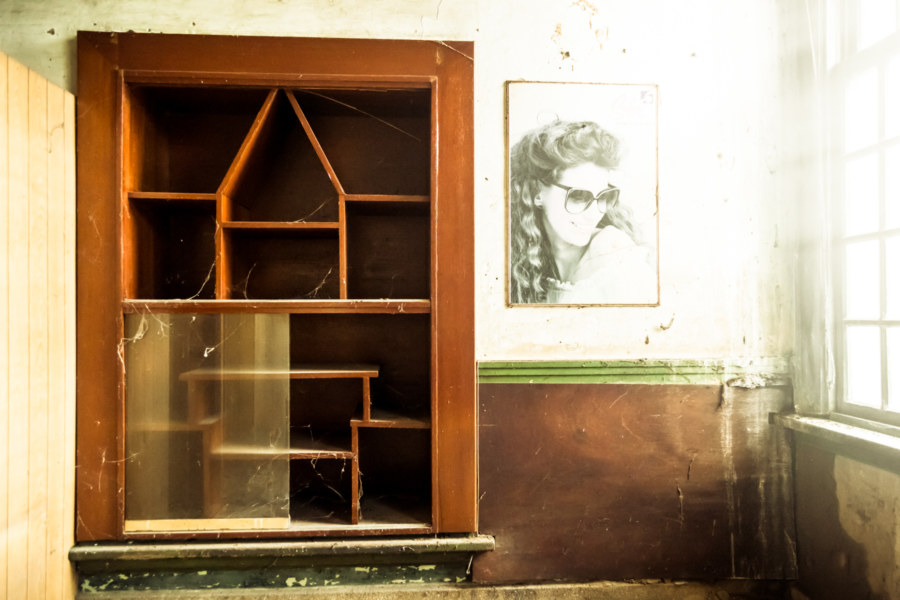
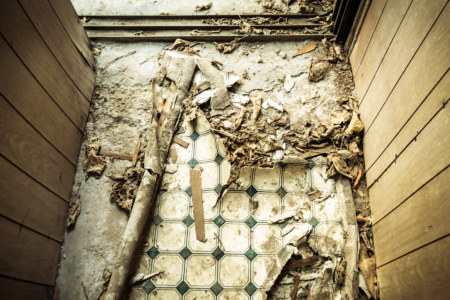
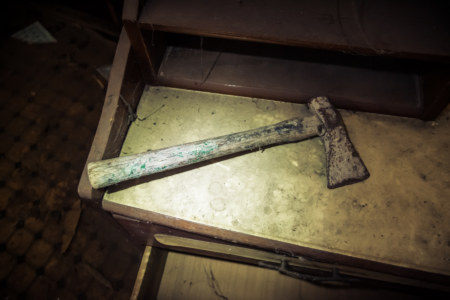
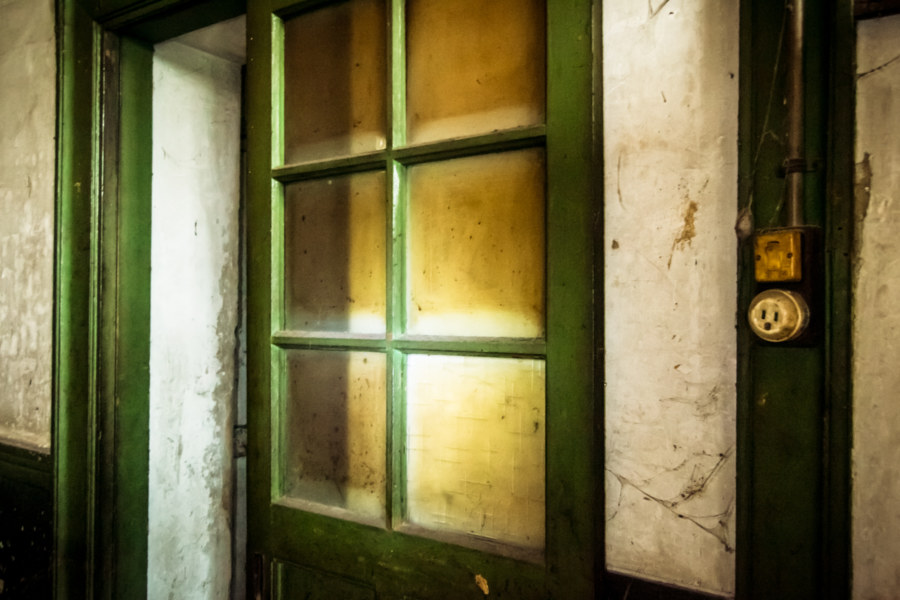
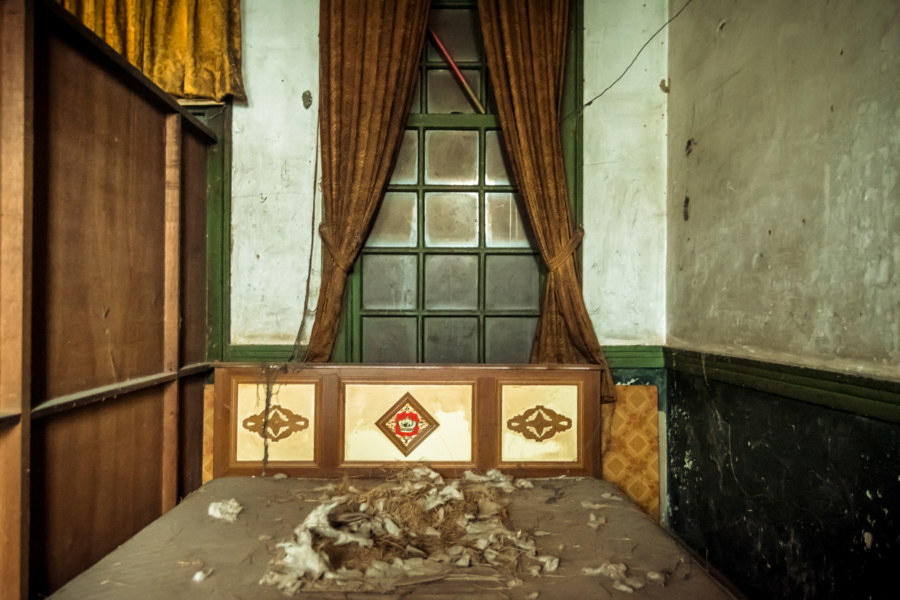
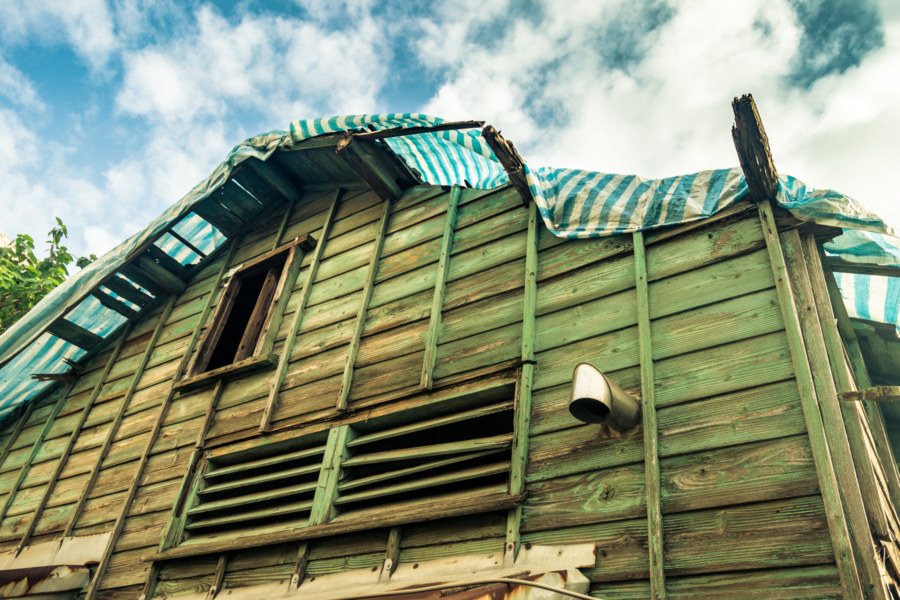
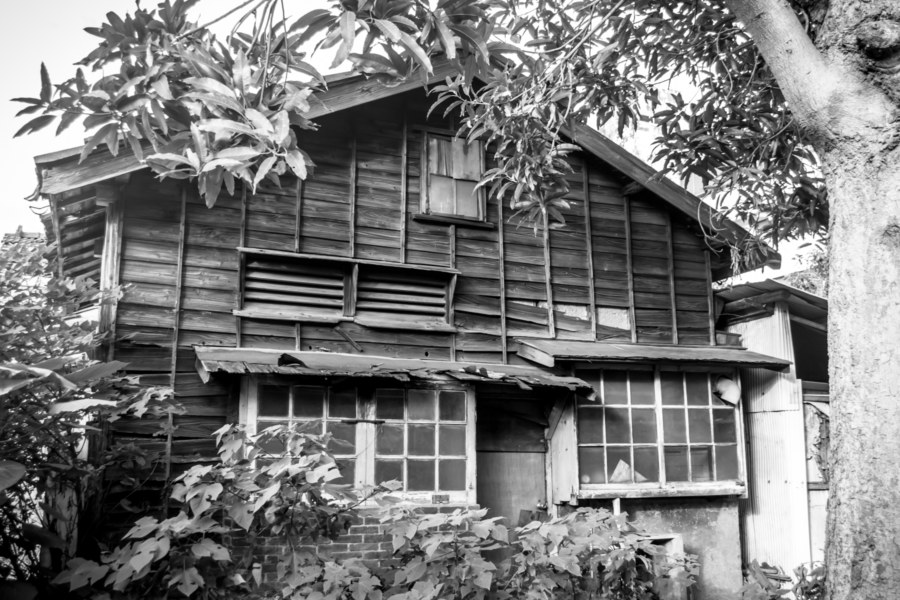
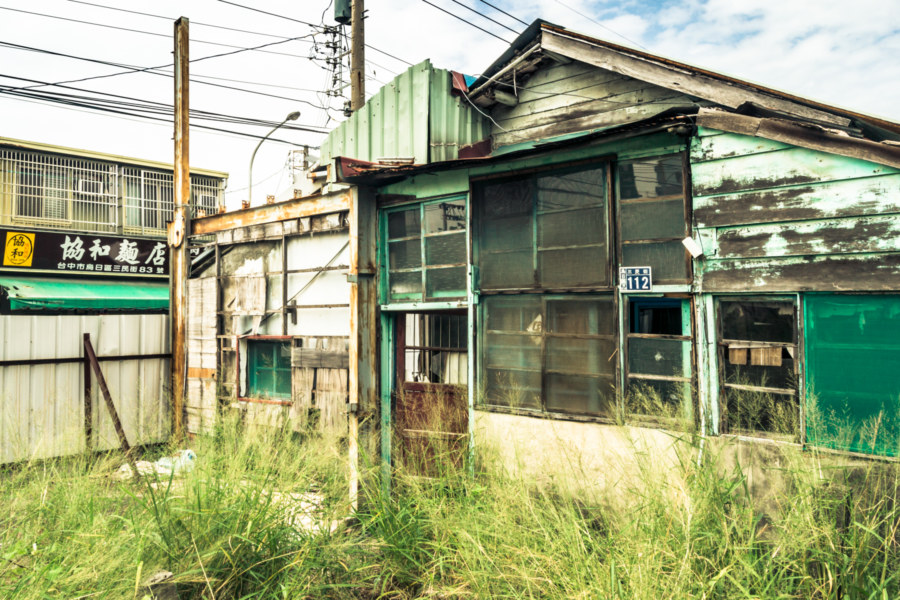
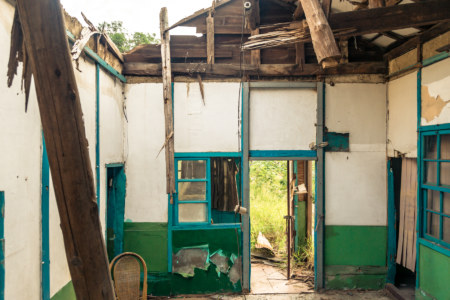
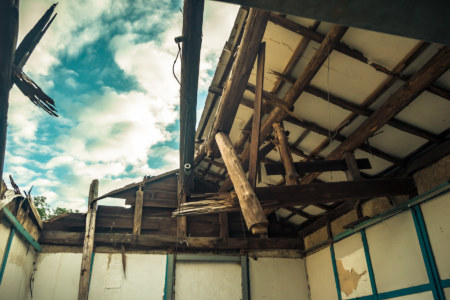
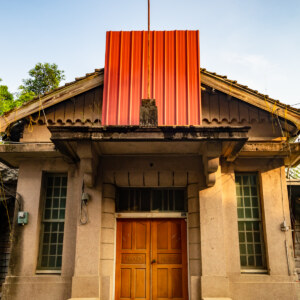
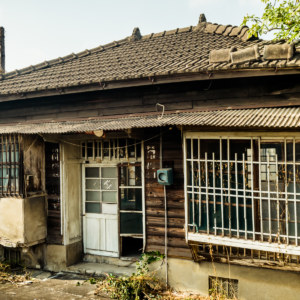
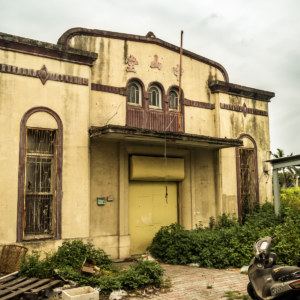
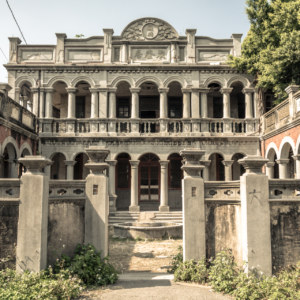
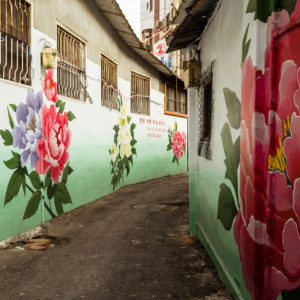
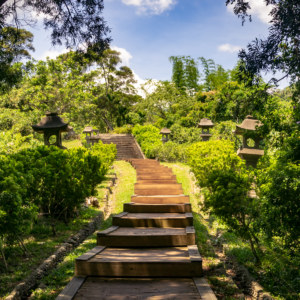
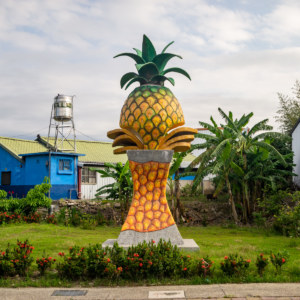
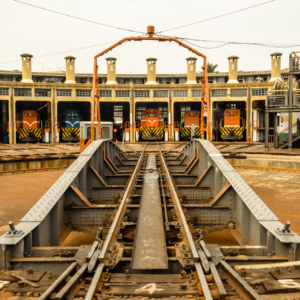
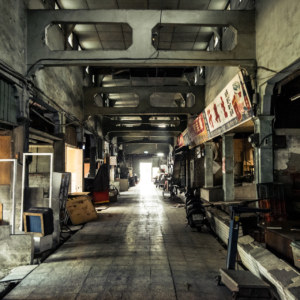
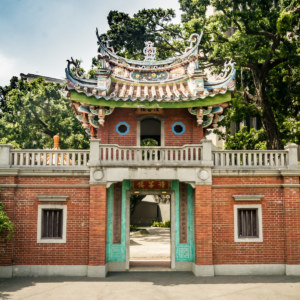
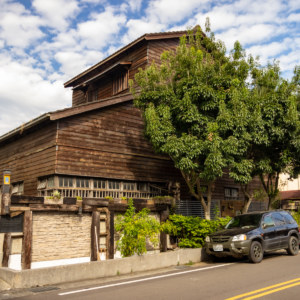
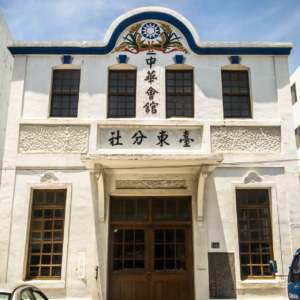
Write a Comment